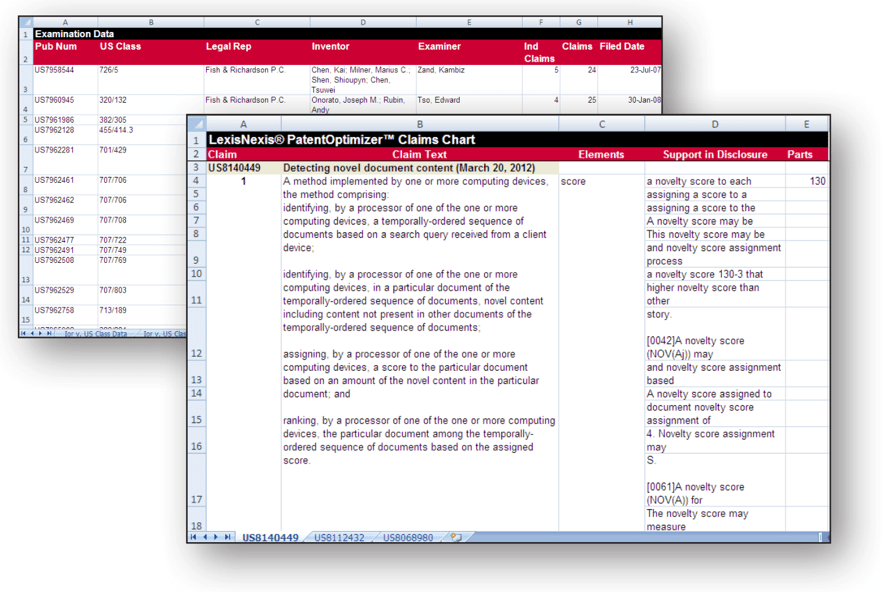Reducing Costs by Investing in Patent Quality

Everyone wants to get off on the right foot, whether it be making a good first impression with a new acquaintance or with the patent office. In patent prosecution, the first documents submitted to the USPTO provide patent examiners with their initial understanding of claimed inventions and set the tone for the patent process going forward. There are many benefits to initiating patent prosecution by submitting a well-planned and well-drafted patent application to the USPTO. The benefits to investing in patent quality include:
- A higher likelihood of success—Patent applications with fewer mistakes and omissions at the time of submission are more likely to be granted than their error-ridden counterparts. Post-filing changes to patent documents can be expensive, can cause avoidable delays to the patent process and can even result in the abandonment of a patent application.
- Fewer patent examiner rejections—When a patent examiner determines that there is a substantive issue with a patent application, such as when the merit of patentability of an invention is in question, they will issue a rejection. Rejections, which are presented when examiners issue office actions, are based on the requirements laid out in Sections 101, 102, 103 or 112 of Title 35 of the United States Code. Additional research and time are needed to prepare and submit a response that will successfully overcome a rejection.
- Fewer patent examiner objections—Unlike rejections that involve the merits of patent claims and are based on law, objections relate to the rules that dictate patent procedures. Objections, which also appear in examiner office actions, are denials rooted in technicalities and are based on Title 37 of the Code of Federal Regulations. Even objections that can be easily remedied can cause significant delays.
- Shorter patent prosecution durations—When one considers how many different types of rejections and objections can be avoided with an air-tight patent application, it is easy to see the impact those obstacles can have on the length of patent prosecution. Every issue identified by a patent examiner must be addressed by the patent applicant and ultimately resolved before allowance. This back and forth between applicant and examiner can cause long delays and add months or years to the overall patent process.
Patent quality: weighing up-front costs and long-term benefits
Of course, every list of “pros” brings about a list of “cons” that should also be taken into account. In the case of patent preparation, the two main costs to patent applicants and patent professionals are the time involved in preparing patent documents for submission and the financial consequences that accompany the time and effort involved. It takes time to plan, draft and review patent documents. Patent professionals could pour seemingly endless hours into perfecting their patent drafts, but they rarely work for free. At some point, the amount of time spent on pre-filing tasks becomes misaligned with client budgets. Patent applications reach a state of “good enough” and are passed along to the patent office, even when there is still room for improvement.

Limiting costs and maximizing benefits
Patent drafting tools allow patent applicants to enjoy the benefits of high-quality patent applications while reducing the amount of time and money that needs to be spent in the drafting and review process. Document reviews that once took several hours when performed by patent professionals can be performed in a fraction of the time and at a fraction of the cost when automated. Tools like LexisNexis PatentOptimizer® include a variety of features that help reduce the number of rejections and objections received by patent applicants. PatentOptimizer® runs a thorough analysis of patent specifications, claims and drawings to help ensure they are first-rate, comprehensive, and consistent. With PatentOptimizer, users can limit up-front costs as well as the obstacles that stand between them and a granted patent.
Quality and efficiency matter more today than ever before. Automate and streamline the process of creating high-quality patent applications and generating office action responses with PatentOptimizer.
Learn more about how to save time and easily develop well-tailored, concise, high-quality patent applications with a case study of how one IP firm was able to ensure better quality application in less time by using PatentOptimizer.
Learn more about PatentOptimizer here.
Read Drafting Quality Patents to Avoid §112 Rejections to learn more.
